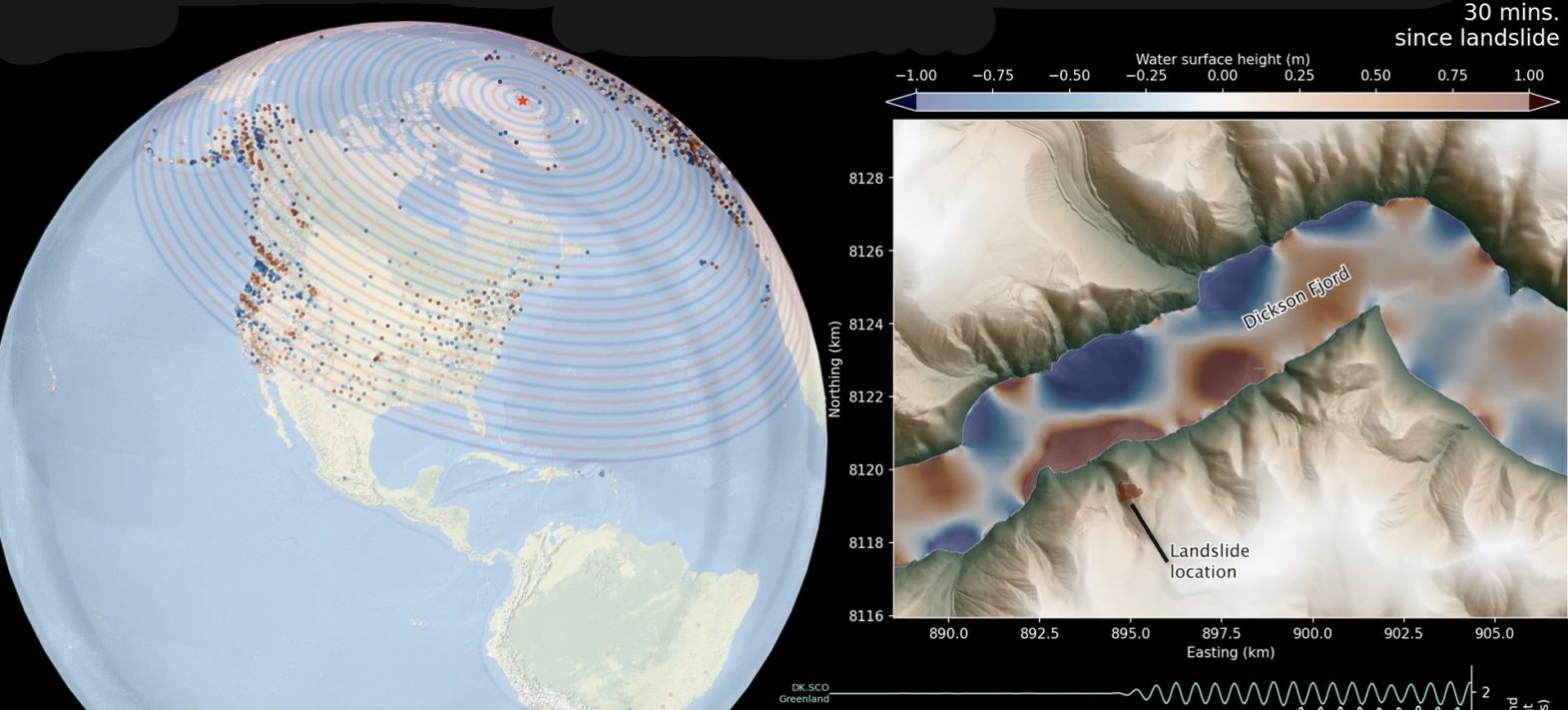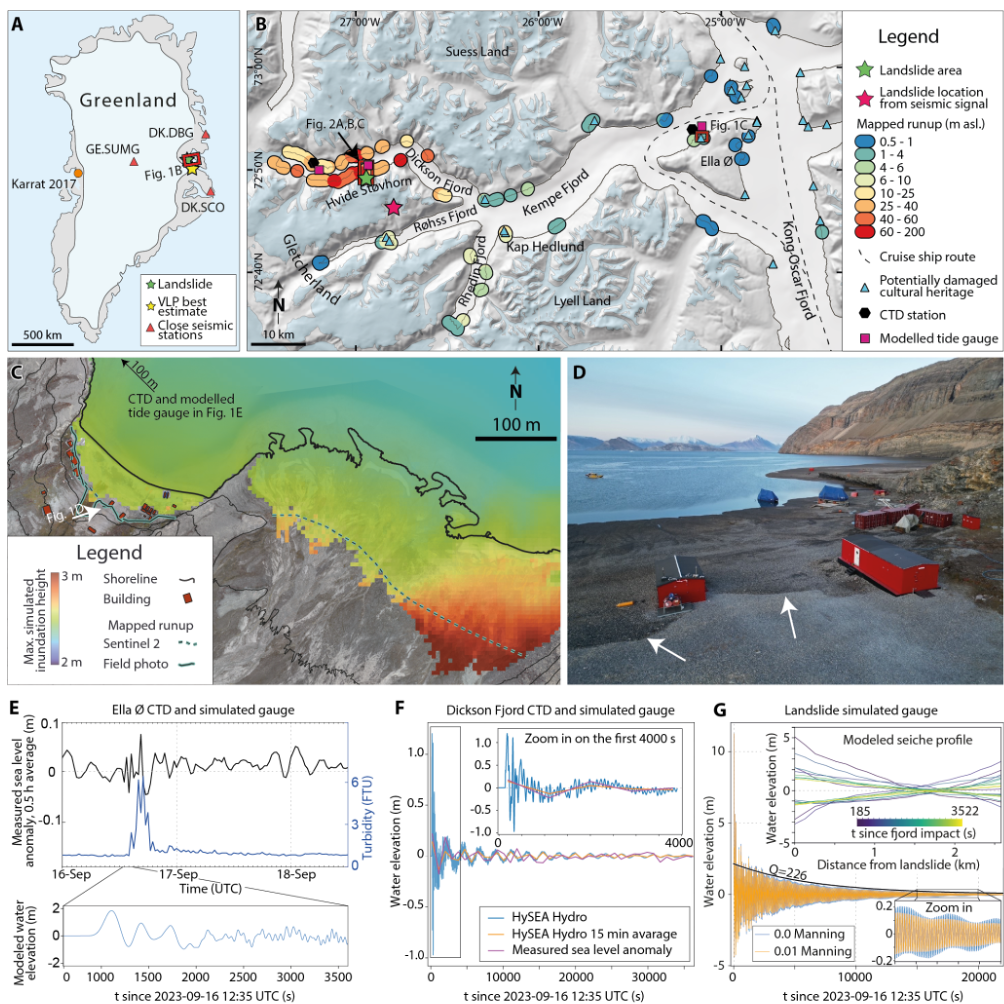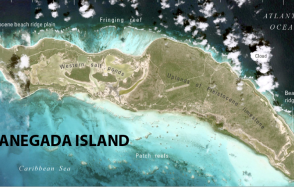A huge landslide triggered by climate change rocked the Earth for 9 days
In September 2023, a massive landslide in Greenland generated a mysterious seismic signal that was detected worldwide for nine days. A volume of 25 million m³ of rock and ice collapsed in the isolated Dickson Fjord in eastern Greenland, triggering a 200 metre high tsunami.

Publication date: 19/09/2024
Press, Research
Related observatories : GEOSCOPE Observatory
Related teams :
Seismology
Related themes : Natural Hazards









